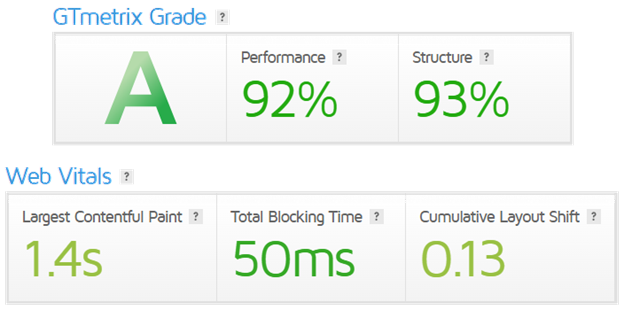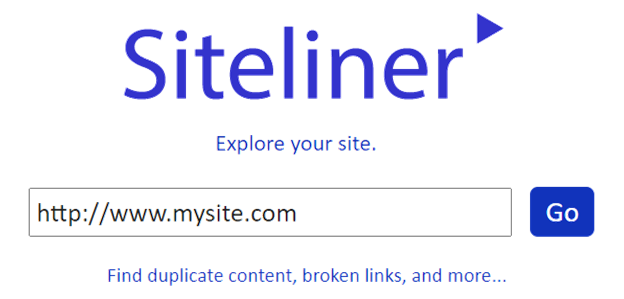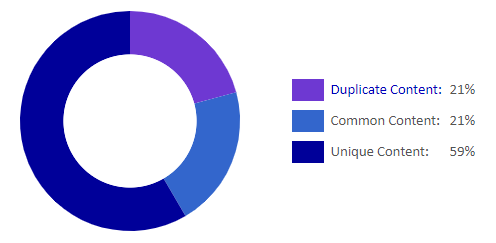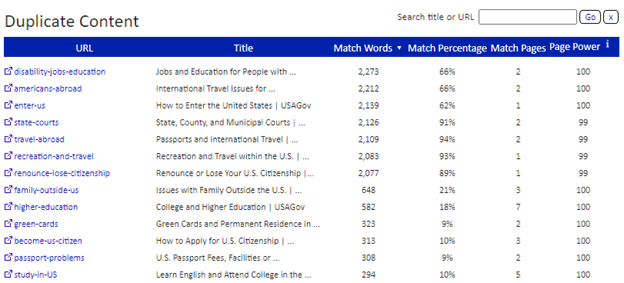If you have good website content that other sites link to, you will rank higher in search engine results. But that alone is not enough to guarantee success. A lack of technical SEO will limit your website’s performance in Google searches.
That’s why it’s important to get technical SEO right. Let’s explore what technical SEO is and share six technical SEO tips to increase traffic and conversions.
What is technical SEO?
Google’s “spider” crawls hundreds of millions of websites every day, gathering the information it needs to power search results. Google only has a limited amount of time to spend on your site, and it’s your responsibility to make their job as easy as possible for these spiders.
You need to do four things to reap the benefits.
1. Modify your site structure.
Make sure your website structure is simple and logical. If your visitors can easily find what they need on your site, Google will find it easily, and you’ll get paid to index more pages.
2. Add labels and metadata.
Follow these tips to help Google understand what’s on each page.
- Give each part of your page a descriptive label, such as “navigation bar,” “footer,” or “article.”
- Add alt tags to images, graphs, and charts to describe their content.
- Enter the page title and meta description.
3. Secure your website.
Your website must be secure. Make sure you have a secure certificate so the URL starts with https://.
4. Speed up your site.
Your website should load quickly on any device, so choose a responsive design. [Read related article: How Page Load Speed Affects Customer Behavior.]
All of this seems more complicated than it actually is. These four elements should be included in your website from the moment you start designing and creating it.
Conclusion: Each search engine has a crawl budget (the number of pages indexed on a given day). Taking care of your technical SEO will help search engines crawl your site more.
Technical SEO tips to increase traffic and conversions
If you’re building a website for the first time, or want to improve the rankings of your current site, follow these six steps.
1. Choose a safe and trusted host.
Choosing a top web hosting service is important for two reasons. First, Google acknowledged in his 2014 that site security is an important ranking factor. If you have two comparable sites, one with secure HTTPS hosting and one without, the one with secure hosting will always rank higher.
Secondly, website downtime has a huge negative impact on rankings. If Google doesn’t find anything the first time it crawls your site, each page on your website can drop two spots in your rankings.
If the search engine spiders can’t find anything to crawl, Google will start visiting your site less often and it will be very difficult to get back from there. Therefore, it is important to choose a hosting service with as little downtime as possible.
2. Score well on Google Core Web Vitals.

This is a GTmetrix rating for websites with good technical SEO. Source: GTmetrix
Core Web Vitals are metrics that Google uses to evaluate the quality of your users’ onsite experience. The three key metrics you need to get right are:
- Paint with maximum content: This is the amount of time it takes a user to view most of the content on the page. Please aim for less than 2.5 seconds.
- First input delay: This is the amount of time it takes for your website to respond to a visitor action, such as clicking a button or link. Google wants to keep the delay under 100ms (1/10th of a second).
- Cumulative layout shift: Do you ever use a website and find it takes a while for text and images to settle into the right place? This is known as cumulative layout shift, and Google doesn’t like it. To get the best score, make sure everything falls into place within one tenth of a second when the page loads.
Follow these tips to improve your Core Web Vitals score.
- Use a content delivery network (CDN). A CDN hosts your site in multiple locations around the world, and the servers closest to the users who visit your site deliver your content.
- Compress images. Optimize images and visual content across your site for faster downloads. Use a free image compression plugin like smush.it. [Read related article: How to Compress JPEG images.]
- Delete unnecessary WordPress plugins. Use only essential WordPress plugins and remove unnecessary files from your server.
- Use JavaScript efficiently. Minimize JavaScript or delay its deployment as it affects initial input delay time.
- Use lazy loading. Load images only when scrolling into view to reduce the maximum time it takes to paint content.
- Give page elements specific dimensions. Specifying accurate heights for videos, images, and Lottie JSON files improves the cumulative layout shift metric score.
We recommend the GTmetrix testing tool. It’s free and provides useful advice to improve your Core Web Vitals score.
3. Make your website responsive.
According to Statista, 51.42% of web traffic in the US comes from mobile devices, up from 48.84% in 2021. This is why mobile-friendly website design is no longer an option. This is an important SEO requirement that businesses need to adopt.
In 2019, Google prioritized indexing the mobile version of new websites first. Although it hasn’t been announced yet, most SEO experts believe that Google will soon be mobile-first across the web, so we need to start preparing for that to happen. You can evaluate your site using the Google Mobile Friendly Test.

Google Mobile Friendly Test helps you assess whether your website is mobile friendly. Source: Google
AMP stands for “Accelerated Mobile Pages.” The plugin allows you to convert existing pages on your site into his AMP pages. However, AMP comes with some sacrifices. For example, there is no ability to track visitors or an on-page form to invite visitors to subscribe to your email newsletter.
4. Simplify your site’s architecture.
The more clicks it takes to find content on your website, the more your crawl budget will be consumed. If it’s more than a few clicks, it will take time for Google’s spiders to crawl her website and index the content. To make their job easier, you should categorize your content so that no page is more than a few clicks away from your home page.
Try to use a silo website architecture. This allows Google to crawl your website faster. It also helps search engines understand what your content is about and how relevant your pages are. Here are some examples of silo website architectures in URLs.
- yoursite.com/WordPress/start-a-blog
- yoursite.com/Social-Media/Facebook-marketing-guide
5. Remove duplicate content on your website.
Google strongly dislikes plagiarized or copied content. Duplicate content (the same content on two or more pages of your site) is less frowned upon, but it can still hurt your rankings. Here’s how to check if your site has duplicate content:

Use Siteliner to check for duplicate content on your website.Source: Siteliner
Visit Siteliner – it’s free. Enter your website address and click Go. When you look at it, it looks like this:

Siteliner provides an overview of duplicate, common and unique content.Source: Siteliner
Then click Duplicate Content to the right of the chart. When you look at it, it looks like this:

Here, Siteliner displays results for duplicates on usa.gov.Source: Siteliner
You may see duplicate content because you haven’t specified a canonical URL. A canonical URL tells Google that your site has multiple pages with the same content, but there is one preferred URL that Google should index and filter out the rest.
Without this, for example, Google would consider the following URLs to be separate pages and penalize you for duplicate content:
- http://www.example.com
- http://www.example.com/index.html
- http://example.com
- http://example.com/index.html
Installing this manually can be difficult, especially if you don’t have much experience creating, uploading, and maintaining sites. Look for plugins that can automate processes in your WordPress dashboard.
6. Eliminate site crawl errors.
Crawl errors prevent Google from easily finding and indexing the pages on your website. The most common crawl error is “Not Found.” This happens due to broken or incorrect links.
Moz has a detailed guide to fixing these errors. Even if you don’t currently have any crawl errors, it’s a good idea to check your Search Console account every month to be sure.


